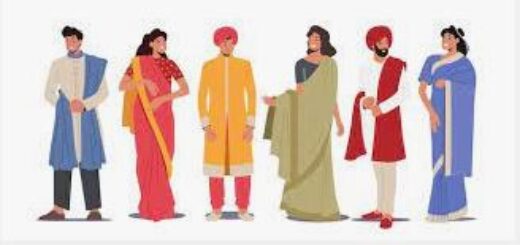The Story of Saree – 20 Draping Styles
The saree, also known as “sari,” is a traditional garment that has a rich history in India. It is believed to be one of the oldest and most enduring forms of clothing in the world, with a history that can be traced back thousands of years.
The origin of the saree can be traced back to the Indus Valley Civilization, one of the earliest known civilizations in human history, which flourished in the northwestern region of the Indian subcontinent around 2600-1900 BCE. Archaeological findings, including terracotta figurines and sculptures, depict women wearing draped garments that resemble the modern-day saree, indicating that the tradition of wearing sarees dates back to ancient times.
Over the centuries, the saree evolved as a versatile garment that was worn by women across various regions of India, with each region developing its own unique styles, draping techniques, and weaving traditions. The saree became an integral part of Indian culture and identity, representing femininity, grace, and tradition.
The saree has been worn by women of all classes, castes, and religions in India, transcending social, economic, and regional boundaries. It has been worn for everyday wear, festive occasions, religious ceremonies, weddings, and other special events. The saree has also been a canvas for artistic expression, with various regions of India known for their exquisite saree weaving techniques, intricate embroidery, and vibrant colors.
The saree has also played a significant role in Indian literature, music, dance, and cinema, serving as a symbol of Indian womanhood and a source of inspiration for poets, writers, musicians, and filmmakers. The saree has been featured in numerous Indian films, becoming an iconic and recognizable symbol of Indian culture and tradition.
In recent times, the saree has also gained international recognition and popularity, with Indian fashion designers and celebrities promoting sarees as a fashionable and elegant garment on global platforms. The saree has become a statement of style, worn by women around the world for its timeless appeal, versatility, and cultural significance.
The story of the saree in India is one of rich heritage, cultural diversity, and enduring beauty. It continues to be a cherished garment that is deeply rooted in Indian tradition and remains a timeless symbol of grace, femininity, and elegance.
India, a land rich in cultural diversity, is known for its exquisite sarees and their unique draping styles.
Here are some of the most popular saree draping styles in different regions of India:
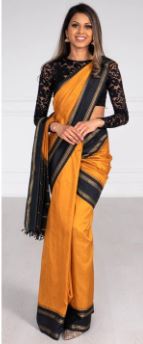
Originating from Andhra Pradesh, the Nivi style is one of the most common and widely worn saree draping styles. In this style, the saree is pleated and tucked at the waist, with the pallu (end portion of the saree) thrown over the left shoulder, allowing it to fall gracefully.

As the name suggests, this style is popular in West Bengal and is characterized by pleats created in the reverse direction, i.e., from right to left. The pallu is then brought around the body and draped over the left shoulder, and sometimes pulled up to cover the head.

From the state of Gujarat, this style involves pleating the saree in a unique way and then draping it across the front, with the pallu draped over the right shoulder and brought back to the front to create a “seedha pallu” or “sidha pallu” look.

Hailing from Maharashtra, this style is unique as it involves wearing the saree like a dhoti, with the pallu tucked from the back between the legs and brought to the front over the left shoulder, creating a distinctive and traditional look.
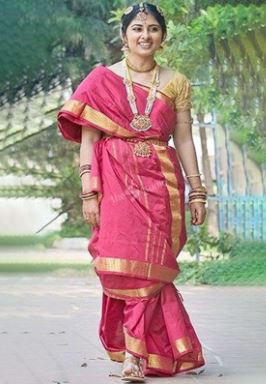
Popular in the southern states of Tamil Nadu, Karnataka, and Kerala, this style involves pleating the saree in a way that creates a fan-like effect at the bottom. The pallu is draped over the left shoulder and brought back to the front, often covering the head.

This draping style is similar to wearing a lehenga, which is a skirt-like garment. The saree is draped around the waist like a lehenga, with multiple pleats and the pallu tucked at the back or draped over the shoulder.

Various tribal communities in India have their unique saree draping styles that reflect their cultural identity. These styles may involve distinctive pleating, wrapping, and tying techniques that vary depending on the tribe and region.
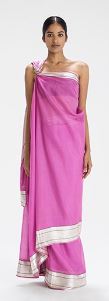
Also known as the “Coorgi” style, this draping style is specific to the Kodagu region of Karnataka. In this style, the pleats of the saree are wrapped around the waist and then the pallu is draped over the right shoulder and pinned at the back, leaving the right shoulder and arm exposed.

This style is traditional to the Gond tribe of central India. It involves draping the saree around the body, creating pleats on one side, and then securing the pallu on the opposite shoulder with a knot, leaving the other shoulder bare.
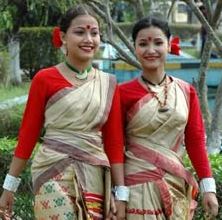
From the northeastern state of Assam, this style involves draping the saree in a way that resembles a Mekhela, which is a traditional Assamese garment. The saree is wrapped around the waist, and the pallu is pleated and pinned at the shoulder, creating a unique and elegant look.
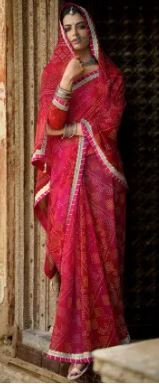
This style is popular in the desert state of Rajasthan and involves pleating the saree at the back and bringing it to the front, creating a V-shaped formation. The pallu is then draped over the left shoulder and brought back to the front, often covering the head.
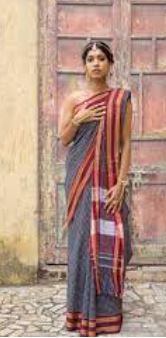
This draping style is associated with the Kunbi tribe of Goa and involves draping the saree in a unique way, with multiple pleats wrapped around the waist and the pallu draped over the left shoulder and secured at the back.
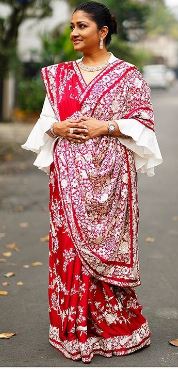
This style is influenced by the Parsi community of India, known for their intricate Gara embroidered sarees. The saree is draped in a Parsi Gara style, with pleats created at the back and the pallu draped over the left shoulder, showcasing the exquisite embroidery.

This draping style, also known as the “Pochampally” style, is popular in the region of Telangana, particularly in the town of Pochampally. The saree is draped in a way that creates a butterfly-like shape at the back, with the pallu draped over the left shoulder.

This modern and trendy draping style involves pleating the saree in a way that resembles a mermaid’s tail. The pleats are created to look like a fishtail, with the pallu draped over the shoulder, creating a stylish and unique look.
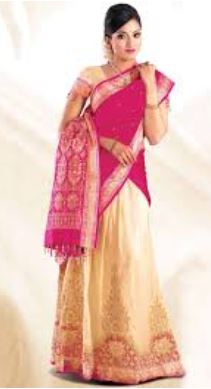
Also known as the “Langa Voni” style, this draping style is popular in South India, particularly in Andhra Pradesh and Tamil Nadu. It involves wearing the saree like a half saree, with pleats at the front and the pallu draped over the left shoulder.

This contemporary draping style involves pleating the saree in a way that allows the pallu to be draped over the front of the body, covering the chest and then pinned on the shoulder, creating a fashionable and unconventional look.

This modern draping style involves using a belt or waistband to cinch the saree at the waist, creating a structured and stylish look. The pallu can be draped in various ways, such as pleated, tucked, or left loose, depending on the desired style.
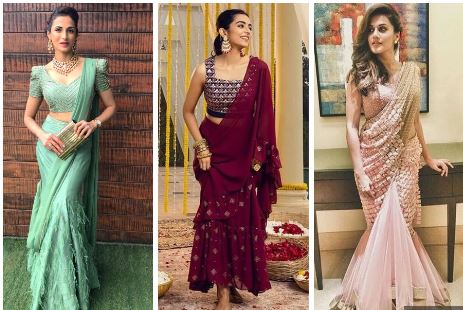
This fusion draping style combines elements of Indian and Western fashion, creating a contemporary and unique look. It involves draping the saree in a creative and unconventional way, sometimes using Western accessories or draping techniques to add a modern twist.

Inspired by the iconic Bollywood actress Mumtaz, this vintage draping style involves creating thin, tight pleats throughout the saree and draping the pallu over the head, creating a classic and nostalgic look.
These are just a few more examples of the many different saree draping styles that are popular in different regions of India, showcasing the versatility and creativity of saree drapes in Indian fashion.

